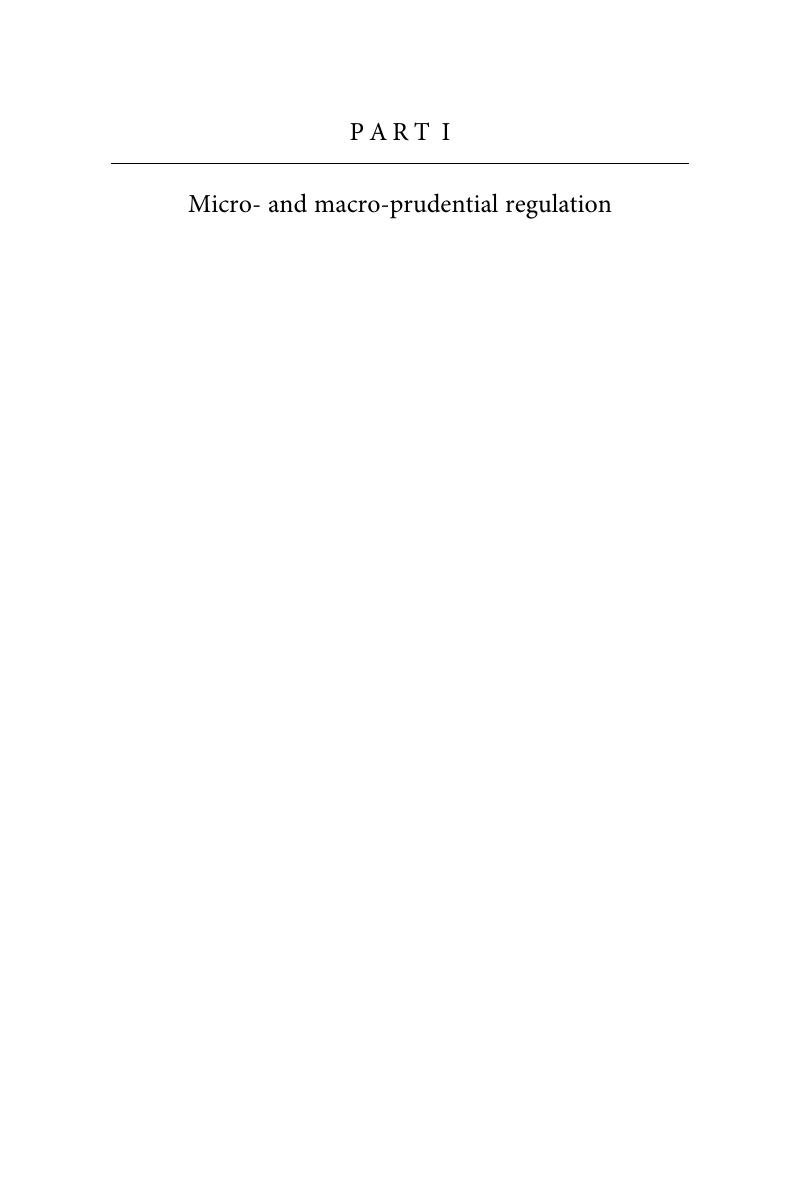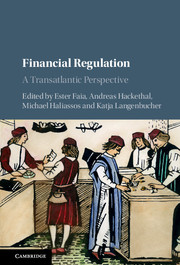Book contents
Part I - Micro- and macro-prudential regulation
Published online by Cambridge University Press: 05 August 2015
Summary

- Type
- Chapter
- Information
- Financial RegulationA Transatlantic Perspective, pp. 1 - 192Publisher: Cambridge University PressPrint publication year: 2015



